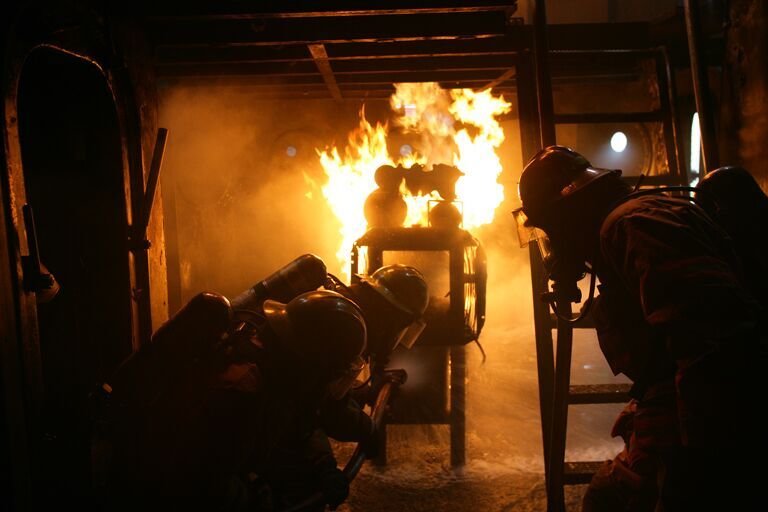In the movie “Man on Fire,” Denzel Washington’s character, Creasy, is helping little Pita Ramos (Dakota Fanning, about 10 at the time) prepare for a swim meet. After swimming a personal best, she says something about having to be tough to win. Creasy, her bodyguard, a very tough guy indeed, tells her, "No such thing as tough. There’s trained and there's untrained. Now, which are you?”
In the marine business, a very tough business, there’s also trained and untrained. The untrained mariner or shipyard worker can put himself/herself and others on a vessel or in a shipyard at risk. The untrained mariner or shipyard worker is a safety hazard, not to mention a drag on the proper operation of the vessel or shipyard, which costs the owner money.
Many companies have their own training methods and provisions, but many don’t. They have to send their people to training facilities to get the skills needed to tough it out in the maritime world.
“Safety training is just as important as maintenance,” Fremont Maritime’s director, Jon Kjaerulff, told me as part of the cover story about maritime training and marine education in the upcoming April issue of WorkBoat. “But if you give someone a duty, you should train them to do it before you assign it to them.”
In the story, Kirk Moore looks at a different kind of training — the training it takes to become a marine engineer or naval architect. His section of the cover story focuses on both the Webb Institute, founded in 1889 and located on Long Island’s North Shore, and the University of Michigan, Ann Arbor, to see what it takes to master those disciplines. The curriculums are tough but worth the effort.
“Every single one of our undergraduates gets multiple job offers,” said David Singer, associate professor in the Naval Architecture and Marine Engineering Department (NAME) at Michigan’s College of Engineering.
In another facet of the story, Dale DuPont examines the need that U.S. maritime academies have for updated vessels to help train tomorrow’s mariners. The State University of New York Maritime College’s training ship is 56 years old, Massachusetts Maritime Academy’s ship is 51 years old, and Maine Maritime’s vessel is only 28 years old but has a propulsion system that is 34 years old.
As Dupont points out cadets are required to log sea time, but the state maritime academies’ ships, which Marad owns, are an aging, motley crew kept alive through costly maintenance and repairs. At some point, they reach the law of diminishing returns, she reports.
Marad is looking into ways of upgrading the academies' ships so that when cadets complete their training and are asked, "Now, which are you? They won't hesitate to say, "trained."





